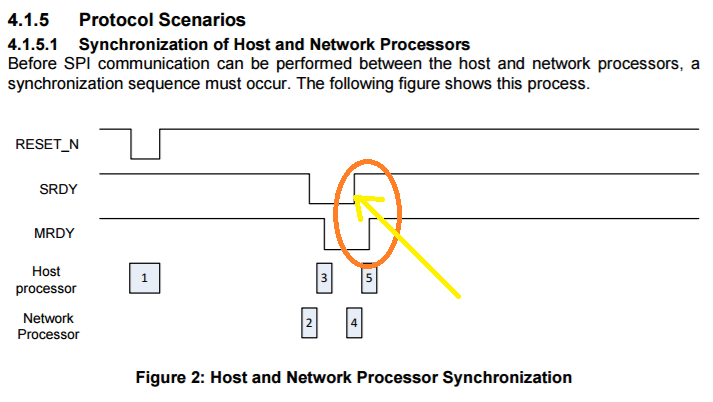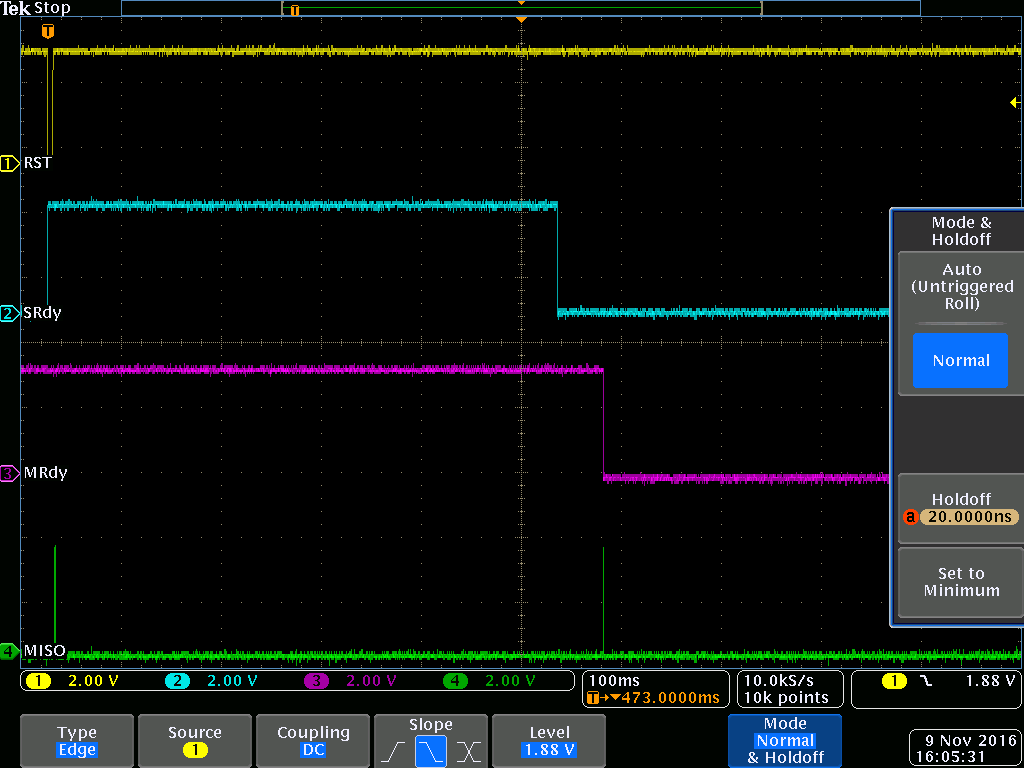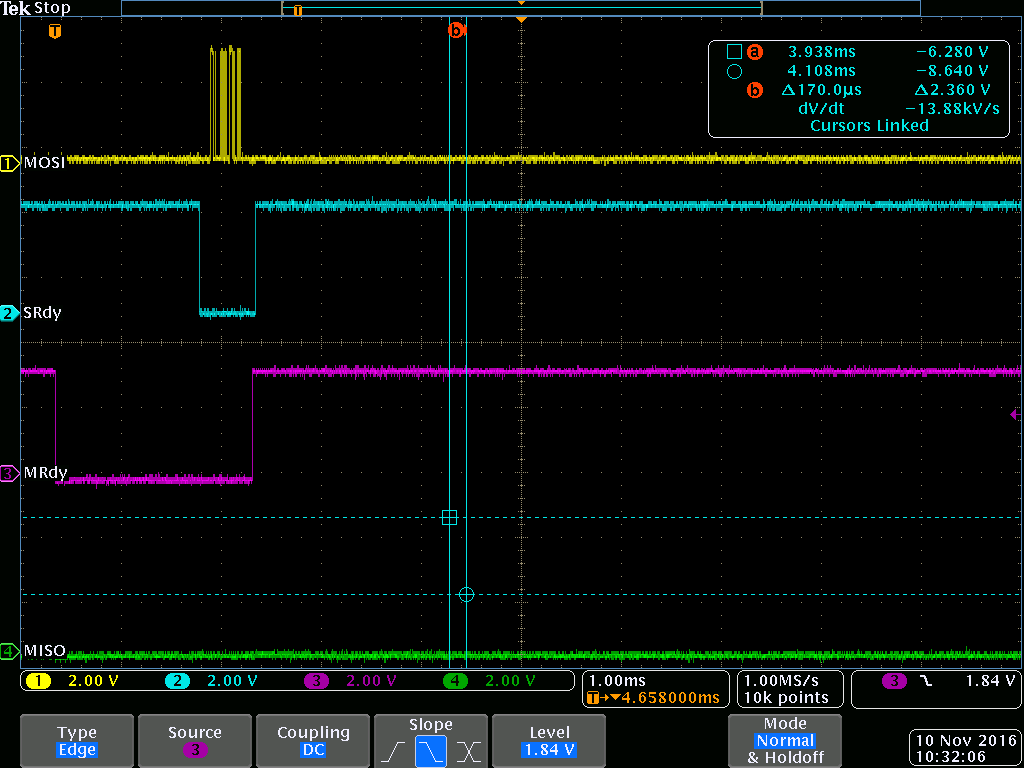Hello,
We are using a PIC24 (host processor) and a CC2650 (network processor) which is running the RF4CE stack. The PIC24 is not RTOS based so we are having trouble communicating between the two devices (using SPI).
We would like to know if there is an outline regarding the Host Processor <-----> CC2650 interchange. For example, basic steps on how to ping the CC2650 Network Processor, or any app notes or guides that detail Host Processor and a CC2650 Network Processor communication from, power-up to when the Network Processor reaches a state where pairing can commence. Is there any documentation like this?
We've looked at the wiki page and have also seen the porting guide which discusses how to port with a TI-RTOS based Host Processor. But the stack structure used in the document is different from what gets dropped in CCSTUDIO by the ‘project importer’ for us.
Any information you can point us to is appreciated.
Thanks,
-Amanda






